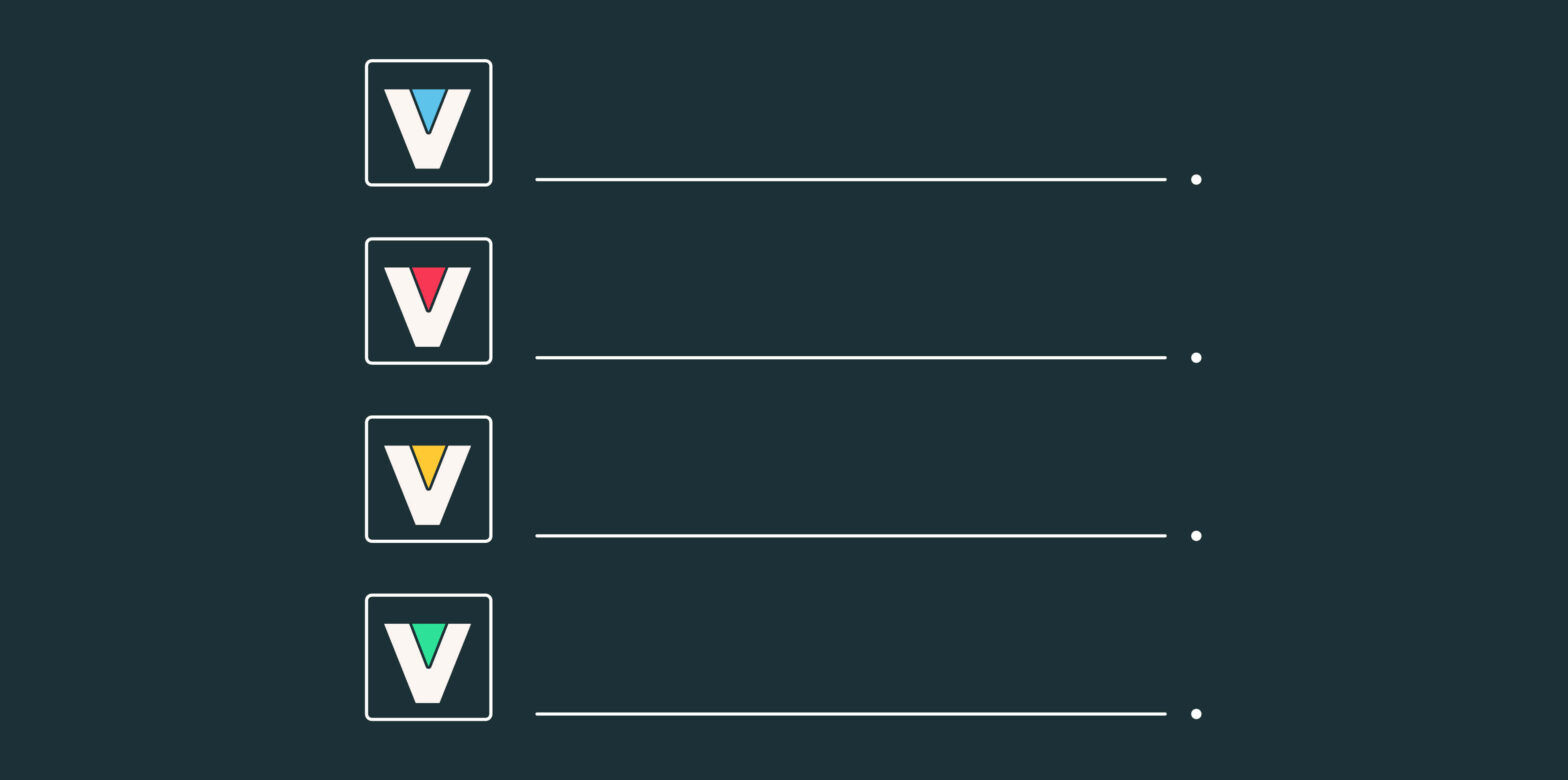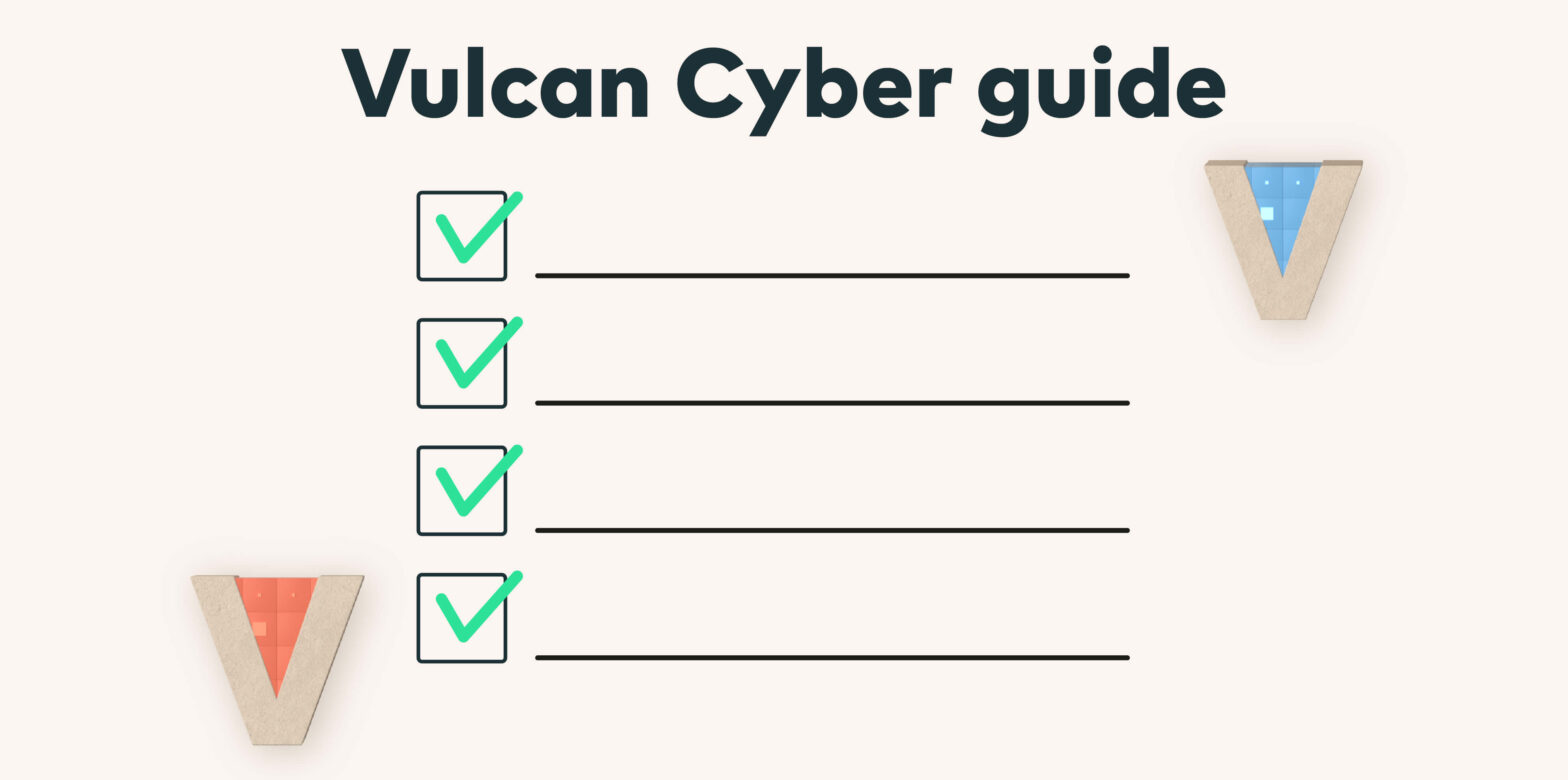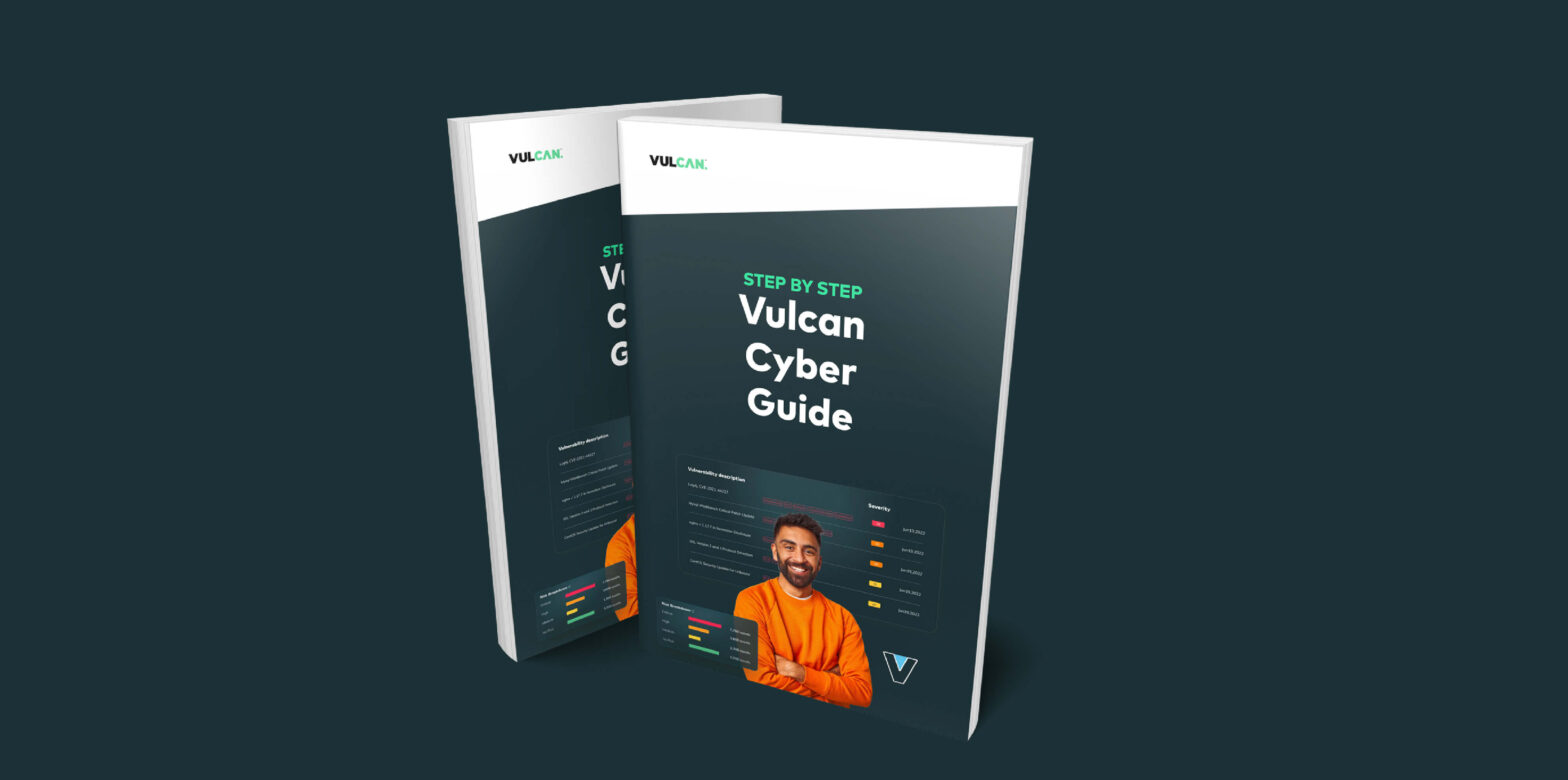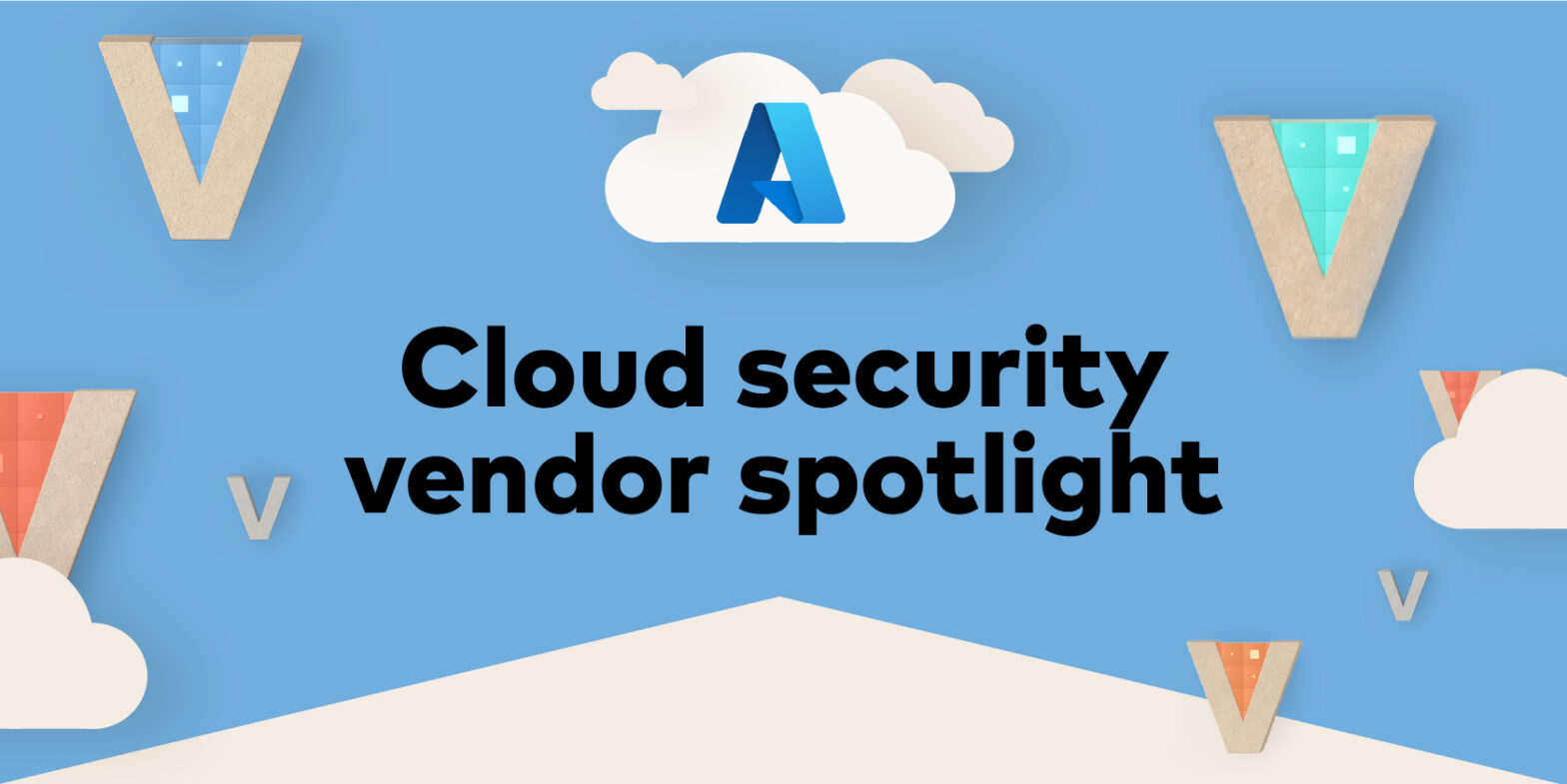Application security posture management: Why you need it

Roy believes if you choose a job you love you will never have to work a day in your life. So he co-founded Vulcan Cyber and the rest is history. Before Vulcan, Roy was VP R&D at BackBox and was a systems engineer at Safeway Israel.



Whether your organization was born in the cloud or is aiming to modernize its IT landscape through cloud adoption, having a well-defined and comprehensive cloud security program is crucial. Managing security in the cloud calls for different strategies than managing security in networks or applications surfaces, and requires a paradigm shift due to the constantly… Continue reading 5 GCP security tools you should know about


As an increasing number of organizations adopt cloud as the target platform for their business critical workloads, securing these workloads has become a top priority. Establishing a well-defined risk management strategy that covers the entire stack—infrastructure, the application layer, and cloud-specific security controls—is the first step in improving your company’s cyber hygiene. If you are… Continue reading 5 Azure security tools you should know about

A growing number of organizations are adopting multi-cloud strategies to optimize IT infrastructure, reduce costs, and increase efficiency. As companies move workloads and applications to multiple cloud providers, securing these environments becomes a critical priority. Adopting a multi-cloud strategy presents unique challenges and security risks when it comes to protecting an organization’s data, applications, and… Continue reading Mastering multi-cloud security in 2024 – best practices

Security, productivity, and performance don’t necessarily go hand in hand. Cloud computing has proliferated, remote work is ubiquitous, and many companies now look to the cloud as their primary platform for application use, collaboration, and data storage. Growth and modernization bring larger markets, higher revenue, and business agility. At the same time, organizations relying on… Continue reading Public cloud security: What you need to know

As cyber risks and attacks in the cloud increase, integrating security into your cloud blueprints from day one has become non-negotiable. This is true especially of Azure, widely used globally for cloud environments. The shared responsibility model in cloud computing assumes that customers will implement the required security guardrails provided by the platform or by… Continue reading How to secure your Azure environments fast

With the growing adoption of cloud technologies, the use of serverless functions too is on the rise. AWS Lambda, also known as AWS serverless functions, is one of the most popular function-as-a-service offerings in the cloud computing space. As an event-driven serverless function, Lambda responds to various events such as HTTP requests and trigger applications.… Continue reading AWS Lambda security – what you need to know

In today’s fast-paced world of software development, security can no longer be an afterthought. Traditional approaches often relegate security measures to the final stages of the Software Development Lifecycle (SDLC), leading to delayed releases and increased risks of vulnerabilities. Enter “Shift-Left Security”—a paradigm shift that aims to integrate security measures right from the get-go, thereby… Continue reading Shift-left security in SDLC: what you need to know